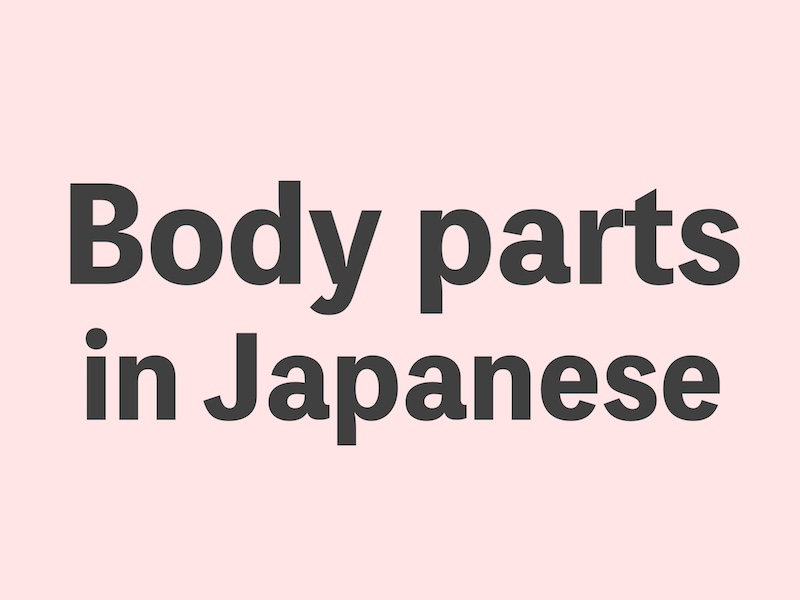Delve into the intricacies of human anatomy in Japanese with a comprehensive guide to body parts. Whether you’re learning Japanese for travel, conversation, or sheer fascination, understanding the names of body parts is fundamental.
Explore the diverse vocabulary, from ‘atama’ (head) to ‘ashi’ (feet), and enrich your language skills with essential Japanese terminology for describing the human body.
JLPT Textbook Recommendations
Here’s a list of body parts in Japanese:
Parts of the face in Japanese
- Head – 頭 (atama)
- Face – 顔 (kao)
- Hair – 髪の毛 (kami no ke)
- Forehead – 額 (hitai)
- Eye – 目 (me)
- Eyebrow – 眉毛 (mayuge)
- Eyelash – まつげ (matsuge)
- Nose – 鼻 (hana)
- Ear – 耳 (mimi)
- Cheek – 頬 (hoho)
- Mouth – 口 (kuchi)
- Lip – 唇 (kuchibiru)
- Tongue – 舌 (shita)
- Tooth – 歯 (ha)
- Chin – 顎 (ago)
Upper body parts in Japanese
- Neck – 首 (kubi)
- Shoulder – 肩 (kata)
- Chest – 胸 (mune)
- Arm – 腕 (ude)
- Elbow – 肘 (hiji)
- Hand – 手 (te)
- Fingers – 指 (yubi)
- Nails – 爪 (tsume)
- Back – 背中 (senaka)
- Stomach – 腹 (hara)
Lower body in Japanese
- Legs – 脚 (ashi)
- Knees – 膝 (hiza)
- Feet – 足 (ashi)
- Hips – お尻 (oshiri)
- Thigh – 太もも (futomomo)
- Knee – 膝 (hiza)
- Leg – 足 (ashi)
- Calf – ふくらはぎ (fukurahagi)
- Ankle – 足首 (ashikubi)
- Heel – 踵 (kakato)
- Toe – 足指 (ashiyubi)




コメント